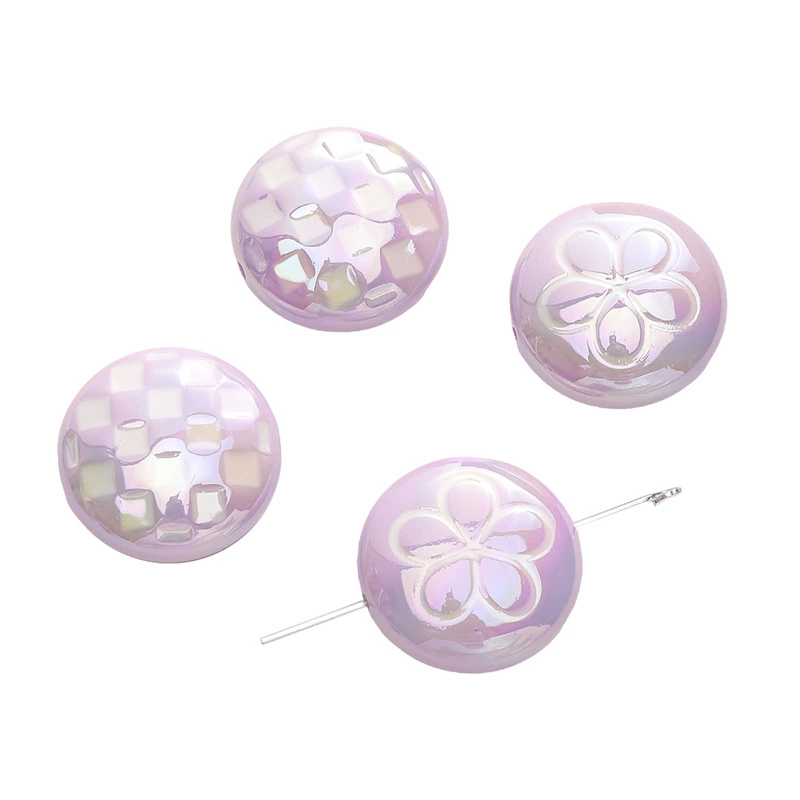
Antibacterial treatment technology for food-grade silicone products
Antimicrobial Treatment Technologies for Food-Grade Silicone Products
Food-grade silicone is widely used in kitchenware, baby products, and medical devices due to its non-toxic, heat-resistant, and flexible properties. However, its porous surface makes it prone to microbial contamination, posing health risks. To address this, advanced antimicrobial treatment technologies have emerged, ensuring safety and durability without compromising material integrity.
1. Inorganic Antimicrobial Agents: Silver and Zinc Ion Integration
Silver and zinc ions are widely recognized for their broad-spectrum antimicrobial efficacy. These ions disrupt microbial cell membranes by binding to thiol groups (-SH), causing electrolyte leakage and cell death. For example, silver-loaded zeolite carriers embedded in silicone matrices achieve over 99% inhibition rates against E. coli and Staphylococcus aureus within 10 minutes of contact.
Zinc oxide nanoparticles (ZnO-NPs) offer dual benefits of antimicrobial action and UV protection. When incorporated into silicone, ZnO-NPs generate reactive oxygen species (ROS) under light exposure, degrading microbial DNA. Studies show that silicone composites with 2% ZnO-NPs reduce Aspergillus niger growth by 90% after 7 days of incubation.
Key Advantages:
- Long-lasting efficacy with minimal leaching.
- Compatible with high-temperature processing (up to 250°C).
- FDA and EFSA-approved for food contact.
2. Organic Antimicrobial Additives: Quaternary Ammonium Compounds and Phenolic Derivatives
Quaternary ammonium salts (QAS) disrupt microbial membranes by penetrating lipid bilayers, causing structural collapse. Silicone modified with QAS exhibits 99.9% antibacterial rates against Salmonella and Listeria in food processing equipment. However, QAS may degrade under prolonged UV exposure, limiting outdoor applications.
Phenolic derivatives, such as thymol and carvacrol, offer natural antimicrobial action. These plant-based compounds inhibit microbial enzymes and disrupt cell walls. Silicone embedded with 5% thymol reduces Candida albicans biofilm formation by 85% on baby teething toys.
Challenges:
- QAS may cause surface tackiness in humid environments.
- Phenolic compounds require encapsulation to prevent volatility.
3. Hybrid Antimicrobial Systems: Synergistic Effects of Nanoparticles and Polymers
Combining inorganic and organic agents enhances antimicrobial performance while mitigating individual limitations. For instance, a hybrid system of silver nanoparticles and chitosan (a biopolymer) achieves 99.99% inhibition against Pseudomonas aeruginosa and Bacillus subtilis. Chitosan forms a protective film around silver particles, reducing oxidation and leaching.
Another innovative approach involves light-activated antimicrobial coatings. Titanium dioxide (TiO₂) nanoparticles generate ROS under UV or visible light, degrading microbial proteins. When coated on silicone surfaces, TiO₂ reduces E. coli populations by 99% within 30 minutes of light exposure.
Applications:
- Food storage containers with self-cleaning surfaces.
- Medical silicone devices (e.g., catheters) to prevent biofilm formation.
4. Molecular Modification Techniques: Covalent Bonding for Permanent Antimicrobial Properties
Covalent bonding of antimicrobial groups to silicone backbones ensures long-term efficacy. Techniques like thiol-ene click chemistry attach quaternary ammonium groups or antimicrobial peptides (AMPs) directly to silicone chains. For example, silicone modified with AMPs reduces Staphylococcus epidermidis adhesion by 95% on catheter surfaces, even after repeated sterilization.
Another method involves silane coupling agents, which create hydrophobic and antimicrobial surfaces. 3-Mercaptopropyltrimethoxysilane (MPTMS) reduces silicone’s surface energy, minimizing microbial adhesion. When combined with silver ions, MPTMS-treated silicone exhibits 98% inhibition against Aspergillus niger in humid environments.
Benefits:
- No migration of antimicrobial agents.
- Resistant to washing and abrasion.
5. Regulatory Compliance and Safety Considerations
Antimicrobial food-grade silicone must adhere to strict regulations:
- FDA 21 CFR 175.300: Limits extractable substances to ≤50 mg/dm² for food contact.
- EU Regulation 10/2011: Requires migration tests for heavy metals (e.g., Ag ≤ 0.05 mg/kg).
- ISO 22196: Standardizes antimicrobial efficacy testing for plastics.
Safety evaluations include cytotoxicity tests (ISO 10993-5) and sensitization studies. For instance, silver-loaded silicone must ensure Ag⁺ release rates below 0.1 mg/L to avoid cytotoxic effects.
Conclusion
Antimicrobial treatment technologies for food-grade silicone have evolved from passive coatings to active, durable systems. Inorganic agents like silver and zinc provide robust, long-lasting protection, while organic additives and hybrid systems offer tailored solutions for specific applications. Molecular modification techniques ensure permanent antimicrobial properties, meeting regulatory and safety standards. As food safety demands rise, these innovations will play a critical role in enhancing public health and product longevity.




Leave a reply